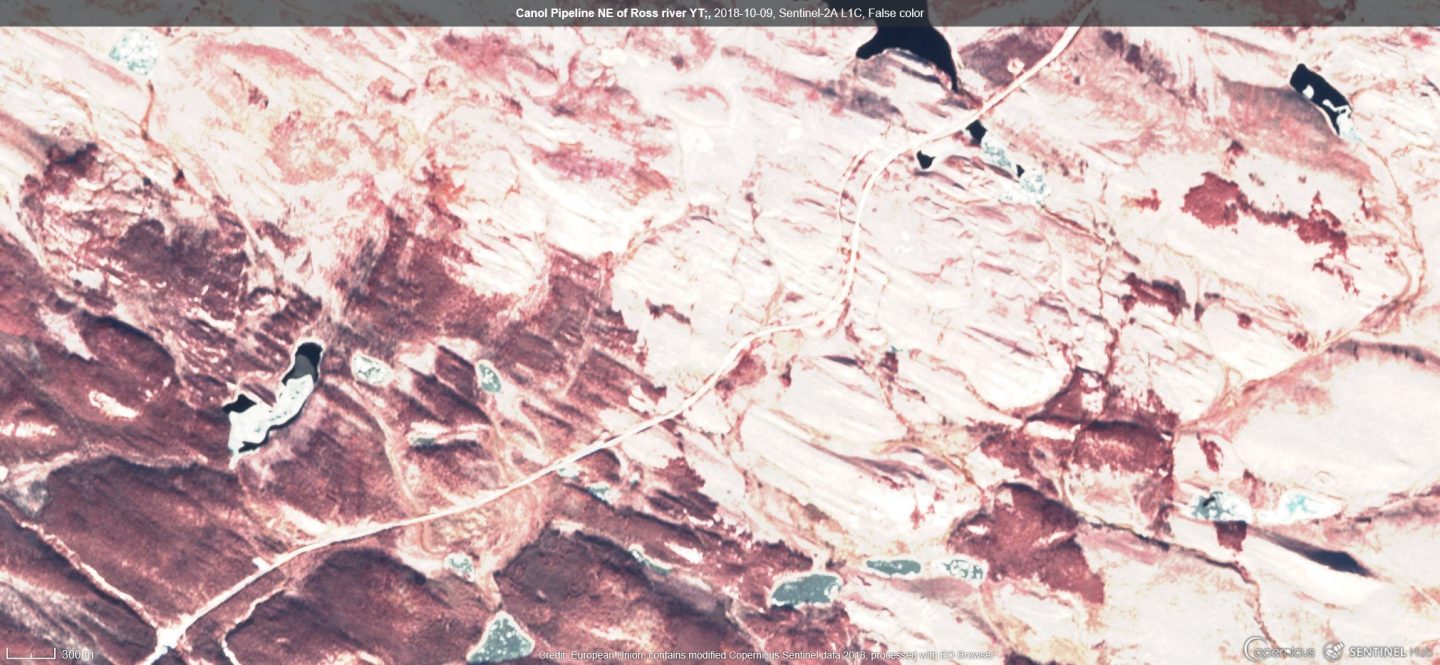Dr. Sinead Earley’s presentation on October 5th, 2018 for the UNBC colloquium series, titled “Resource Geographies in the Canadian North: the Canol Pipeline and the Shutagot’ine Trail remediation project” was a captivating topic and very well presented. I am finding that research presented by geographers is very thorough and quite different than I had expected. It often has social and historical depth that I don’t often see in typical natural resources dialogues. Dr. Early was no exception. The way this research put the Canol project into a colonial paradigm, not just historically but in the present day, was exceptional and really made me think more about that legacy and how it surrounds us and permeates even our every day language. It really surprised me, and not unpleasantly so, the manner in which the discussion highlighted how challenging a task it is to choose non-colonial language in the documentary, so as not to tarnish the heartfelt intentions of the documentary project of trying to bring awareness to the tragic history of the north, of the dispossession of land and resources, culture and traditional ways of life, all for fifteen intermittent months of oil.
I would have liked to hear more about how the Sahtu Dene were involved in the remediation project; what roles they had and how those roles were manifested initially and evolved.
A question I would have asked, had there been more time would have been related to the long linear nature of the Canol pipeline. What is the value of keeping the scar still extant on the landscape? Would it not be better to de-build it completely or is there some use for it other than recreation? Are the locals and first nations adapted to the travel corridor and what would be the costs or benefits to a complete erasure of it. Because there are fewer barriers to travel for predators in the north, do linear features like this have any effect on wildfire?
In my own research, I think it will be important to develop a deeper understanding of the history of my study area. While my research will be focused on remote sensing fuel analysis, the narrative of the research needs to be not just a short story about trees and fuel and fire, but also of the long term timescale and use of the land by varying peoples and careful attention to the choice of language. We use this language everyday, but don’t always think about what the words we use may mean to others with a different story.
I think Dr. Earley answered questions really well and I found the discussion even more eye-opening than the actual presentation. I’m starting to think I should have been a geographer!


Recent Comments